Getting a bit bored with Brie and looking to broaden your cheese horizons? Then it might be time to branch out and try some goat’s cheese. This flavorful cheese is also called chèvre which literally means “goat” in French. Chèvre is often used to refer to the entire range of goat’s cheeses rather than just a specific type of cheese or regional variety. Slightly lower in fat than cows milk Chèvre is a lighter cheese that’s best enjoyed in the hotter months.
History and production
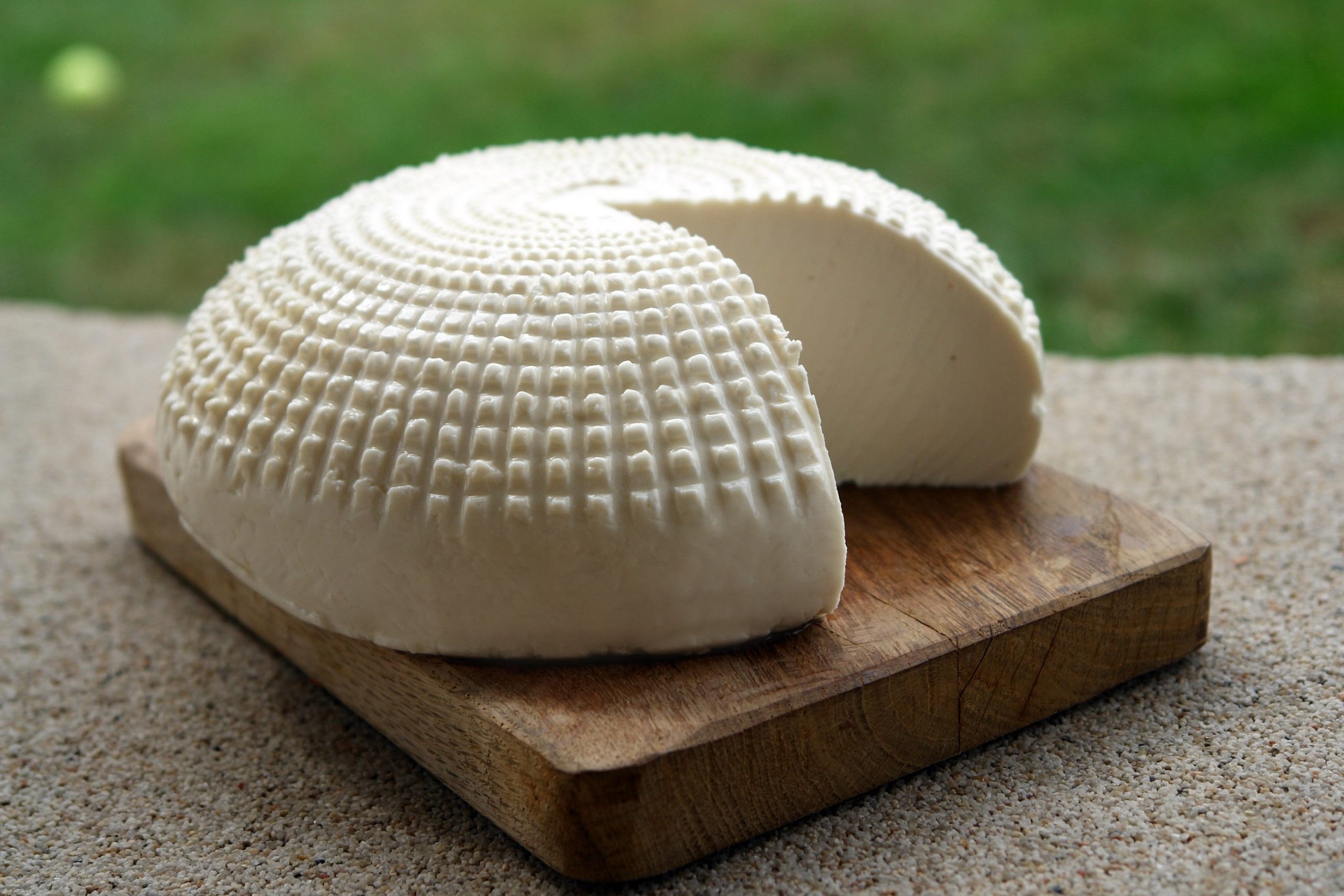
Goats were one of the first animals to be domesticated and as a result goat’s cheese has been made for thousands of years. Goat cheese is one of the easiest to make, as it doesn’t require rennet. Instead, goat milk is allowed to curdle, the resulting whey is drained off, and the remaining curds are pressed into logs. It’s also one of the most widely consumed cheeses in the world. Cow-based cheeses are primarily consumed in the west, whereas goat’s milk cheese is made and consumed throughout the world.
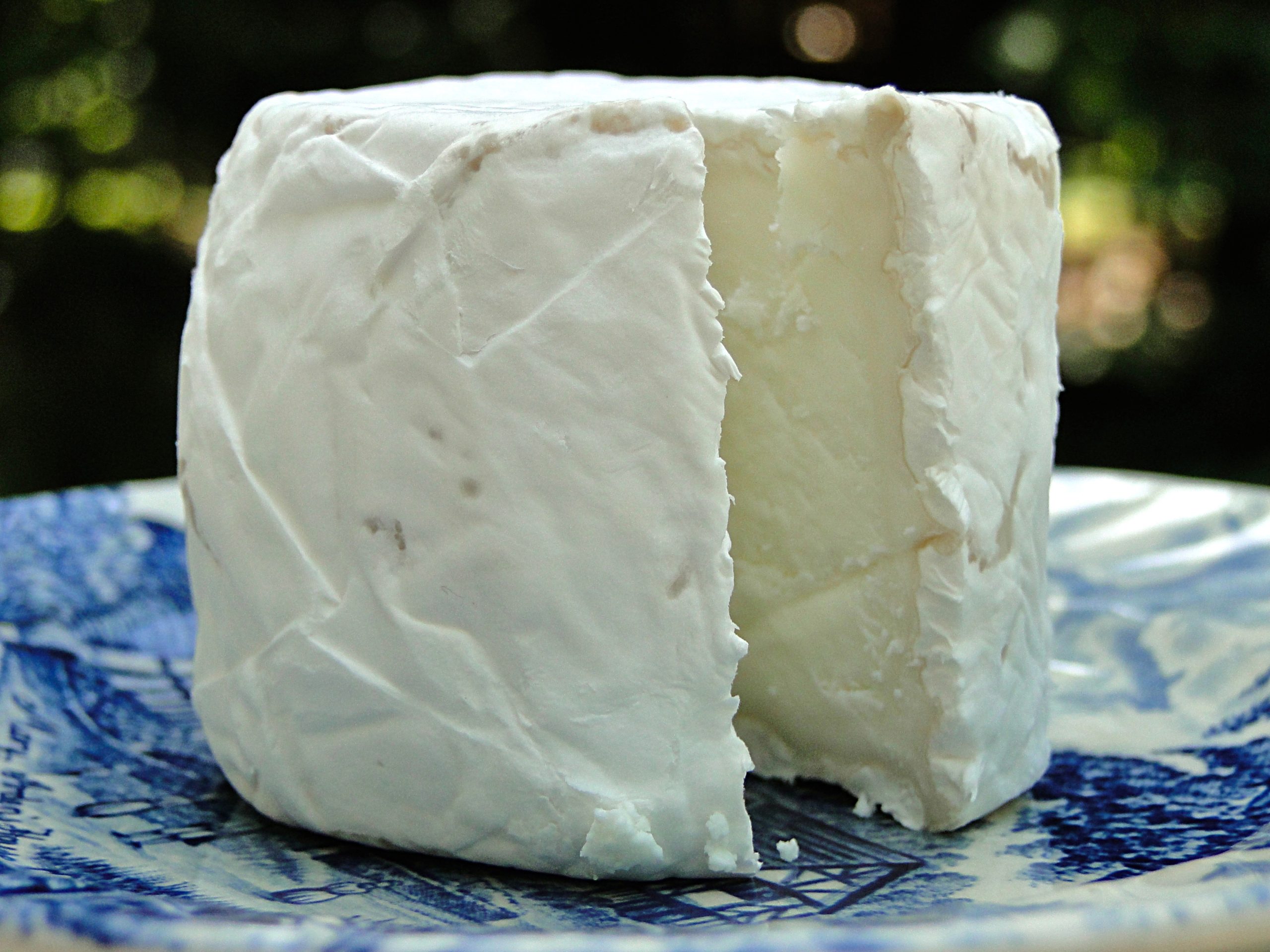
While chèvre is available all year round in grocery stores, the best time to get fresh goat’s cheese is in the spring. This is due to the various factors involved in goat farming. During the colder months, goats are fed a diet of dry hay, however, in spring most farmers will allow goats access to pastures where they are able to consume fresh grass and various flowers and herbs. This change in diet results in the goats producing milk with a richer flavor. It isn’t just the change in feeding that affects the quality of goat’s milk. Goats are highly seasonal breeders and dairy goats primarily produce milk in early spring. As a result, the best time to get fresh goat’s cheese is the spring.
Flavor and texture
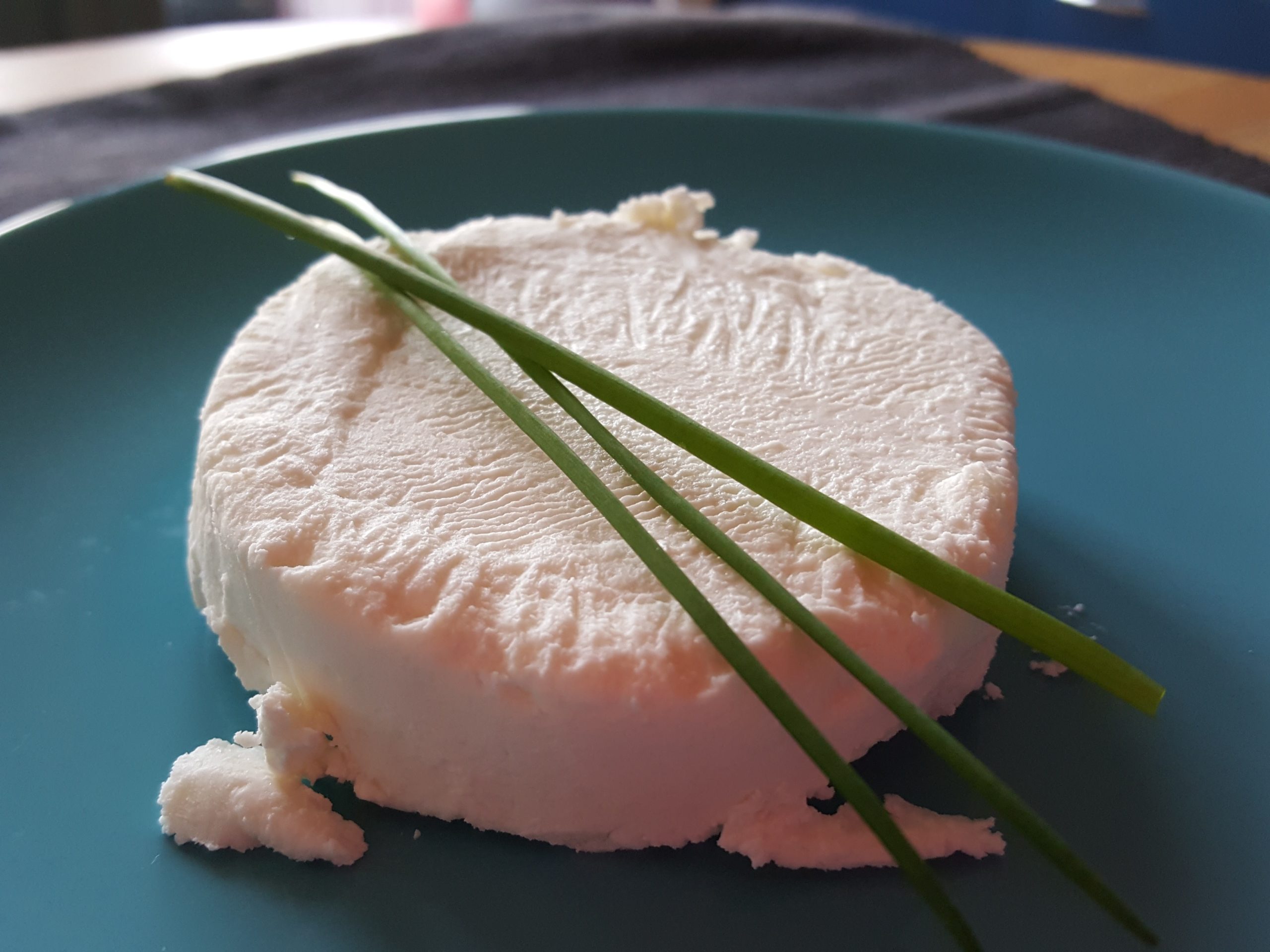
Goat’s cheese is known for its earthy and tart flavor. This tanginess comes from the high content of capris acids found in the cheese. As goat’s cheese ripens the flavors develop, the tartness takes on an almost citrus-like quality and the earthiness becomes more pronounced.
Goat milk is pretty close to cow milk in terms of overall fat content. Cow milk contains about 3.25% fat while goat milk has 3.5%; however, goat milk contains more fatty acids when compared to regular dairy. Goat milk is generally easier to digest than cow milk, making chèvre a good, all-natural substitute for those suffering from lactose intolerance.
Fresh goat’s cheese has a soft, borderline crumbly texture which makes it perfect for either breaking up into salads or spreading on freshly baked sourdough bread. As the cheese ripens, the texture becomes firmer and a furry rind develops.
Cheeses to try
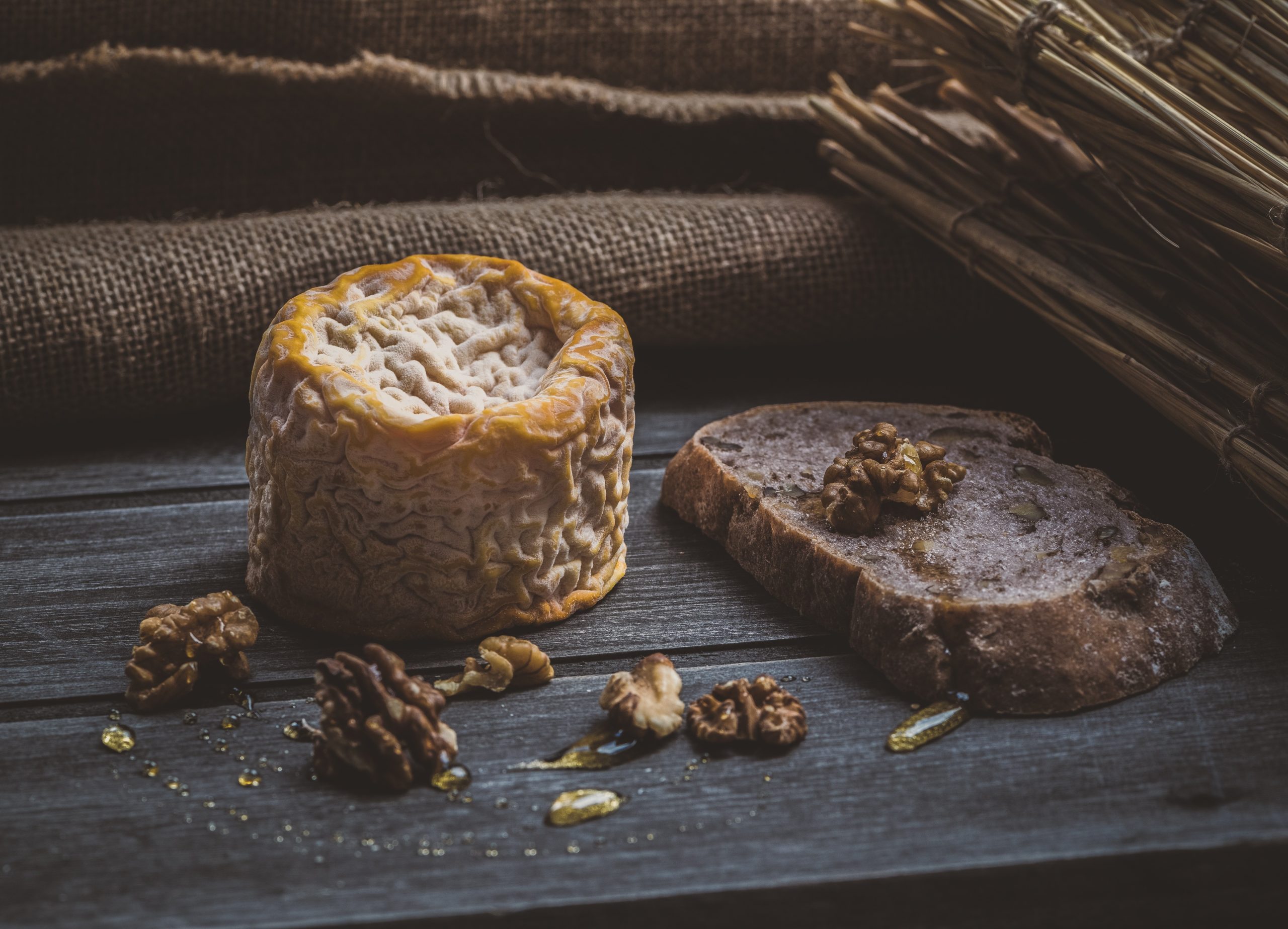
Petit Billy
This is arguably the quintessential fresh Chèvre. This cheese comes from the town of Billy in France’s Loire Valley. Tangy and light, this cheese is the perfect introduction to the world of Chèvre.
Robiola Piemonte
These are soft-ripened cheeses from the Piedmont region in Italy. Unlike fresh cheeses, these are slightly ripened and have a thin rind. They have a more robust flavor when compared with fresh goat’s cheese.
Chabichou du Poitou
Easily recognisable due to its cork-like shape, this cheese has a noticeably thick rind and a firm texture. Citrusy, with an earthy finish.

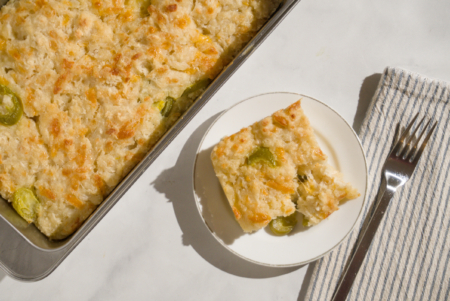

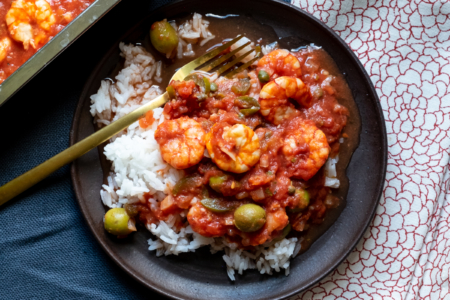
Do you have bee boxes